If your butterfly bush isn’t looking as vibrant as it used to, you’re not alone. These hardy, pollinator-friendly plants are generally pretty tough, but they’re not invincible. From weird-looking leaves to sudden dieback, a few common issues can creep in and mess with their health and blooms. Knowing what to watch for can make all the difference.
A lot of the time, small signs—like wilting, spotting, or even just slower growth—can be early warnings of something more serious. And while butterfly bushes can bounce back from many problems, ignoring them for too long can lead to bigger headaches. The good news is most of these issues are preventable or treatable once you know what you’re dealing with.
Root Rot

Root rot can be a gardener’s nightmare. It sneaks up on your butterfly bush when the soil is poorly drained. The signs start subtly with yellowing leaves. Then, the once-robust roots turn black and mushy. Imagine the earth holding too much water, drowning the roots silently. The plant’s vigor diminishes, leaving it vulnerable. To prevent this, ensure your garden soil is well-drained. Elevating the soil level or incorporating organic matter can help keep the roots healthy. Always water wisely, as too much love can indeed be fatal.
Powdery Mildew

Powdery mildew looks like a dusting of flour on leaves. This fungal invader thrives in warm, dry weather, ironically. As it spreads, photosynthesis is interrupted, weakening the plant. Leaves may twist and curl, losing their vital green color. Combat it by improving air circulation around your bush. Pruning excess branches can help. Using fungicides at the first sign of powdery invaders can also protect your leafy friends. Remember, a healthy plant is less likely to succumb, so maintain good plant hygiene. Nature’s balance is key.
Aphid Infestation

Aphids, tiny yet mighty, can swarm your butterfly bush. Their insatiable appetite for sap weakens the plant over time. You might notice distorted leaves or sticky residue on surfaces below. Ladybugs, those red-armored beetles, are natural aphid predators. Introducing them can drastically reduce populations. Alternatively, a gentle spray of soapy water can dislodge these pests. Ensuring your plant stays healthy and well-fed will help it withstand minor infestations without stress. Aphids may be small, but vigilance is your best defense.
Spider Mites

Spider mites are the stealthy vampires of the plant world. Barely visible, these arachnids suck the life out of leaves, literally. They leave behind a silvery web and speckled leaves. The hotter and drier the climate, the more they thrive. Spraying the foliage with a strong jet of water can help. It dislodges the mites, breaking their hold. Neem oil also acts as a natural deterrent. Maintaining humidity around the plant can deter these pests. A watchful eye keeps these microscopic menaces at bay.
Leaf Spot

Leaf spot is another unwelcome guest. It appears as dark, unsightly spots on leaves, caused by fungal or bacterial pathogens. Over time, these spots can merge, causing the leaves to yellow and drop prematurely. Ensuring good airflow and removing affected leaves can help control the spread. If the problem persists, consider applying a fungicide. Consistent monitoring and quick action are your allies against leaf spot. Like a vigilant guardian, protect your butterfly bush from this sneaky attacker.
Caterpillars
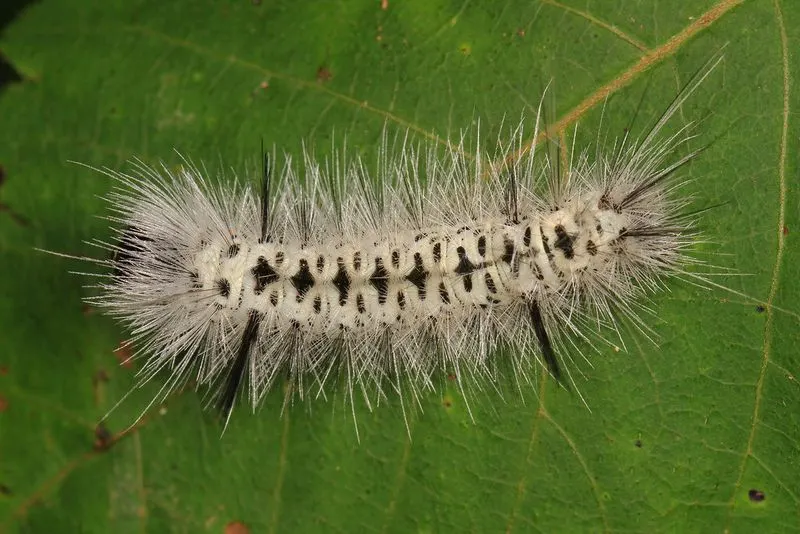
Caterpillars, while future butterflies, can be problematic. They munch voraciously on leaves, sometimes leaving plants nearly bare. Identifying their presence early is crucial. Handpicking is an organic option, though not for the squeamish. Bacillus thuringiensis (Bt), a naturally occurring bacteria, targets caterpillars without harming beneficial insects. Keeping a balance in your garden ensures that these larvae don’t turn your greenery into a caterpillar buffet. Encourage birds, as they are natural caterpillar predators. A harmonious garden is a healthy one.
Nematodes
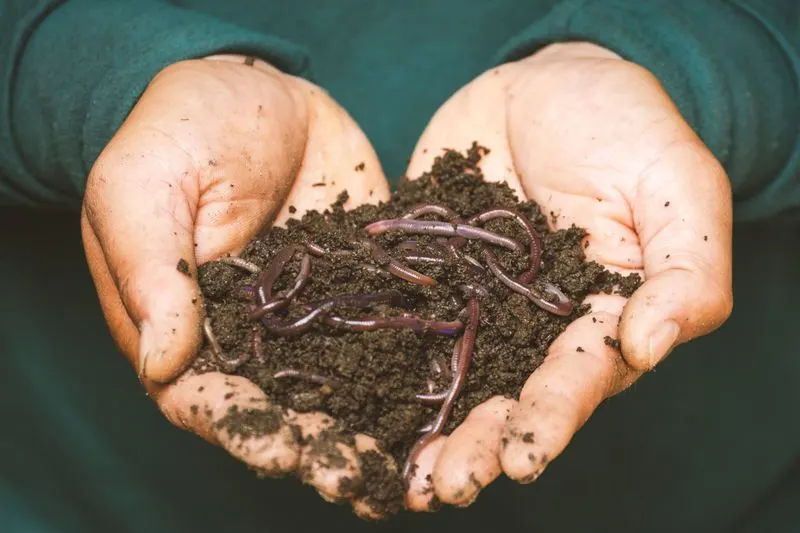
Nematodes are microscopic worms that wreak havoc underground. These soil-dwellers attack plant roots, causing stunted growth and wilting. The roots may develop galls or knots. Solarizing the soil — covering it with clear plastic to trap solar heat — can reduce nematode populations. Employing crop rotation and planting resistant varieties can also be effective. Building soil health with organic matter enhances its resilience. Though invisible to the naked eye, nematodes’ impact is palpable. Vigilance and proactive care are essential.
Whiteflies
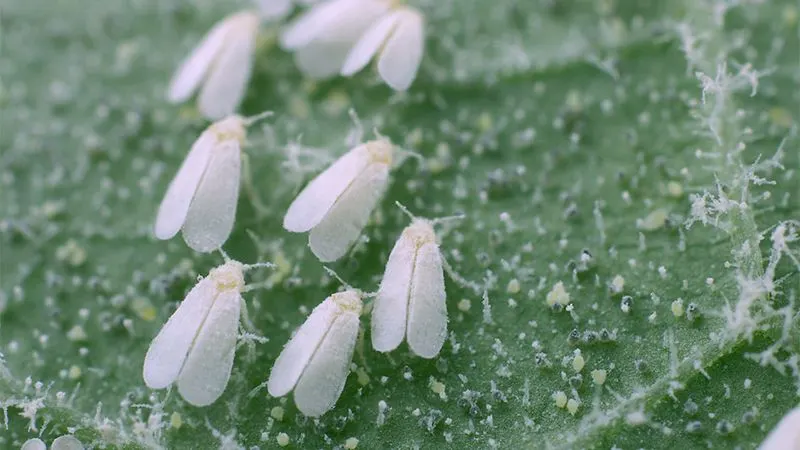
Whiteflies are small, winged insects that flutter around plants like tiny ghosts. They suck on sap, weakening the plant and causing leaves to yellow. Sticky honeydew on leaves is a telltale sign of their presence. Neem oil and insecticidal soaps are effective treatments. Introducing natural predators like ladybugs can also help. Keeping your butterfly bush well-watered and stress-free makes it less inviting to these pests. A vigilant gardener is a plant’s best friend, safeguarding it against all tiny invaders.
Rust Disease
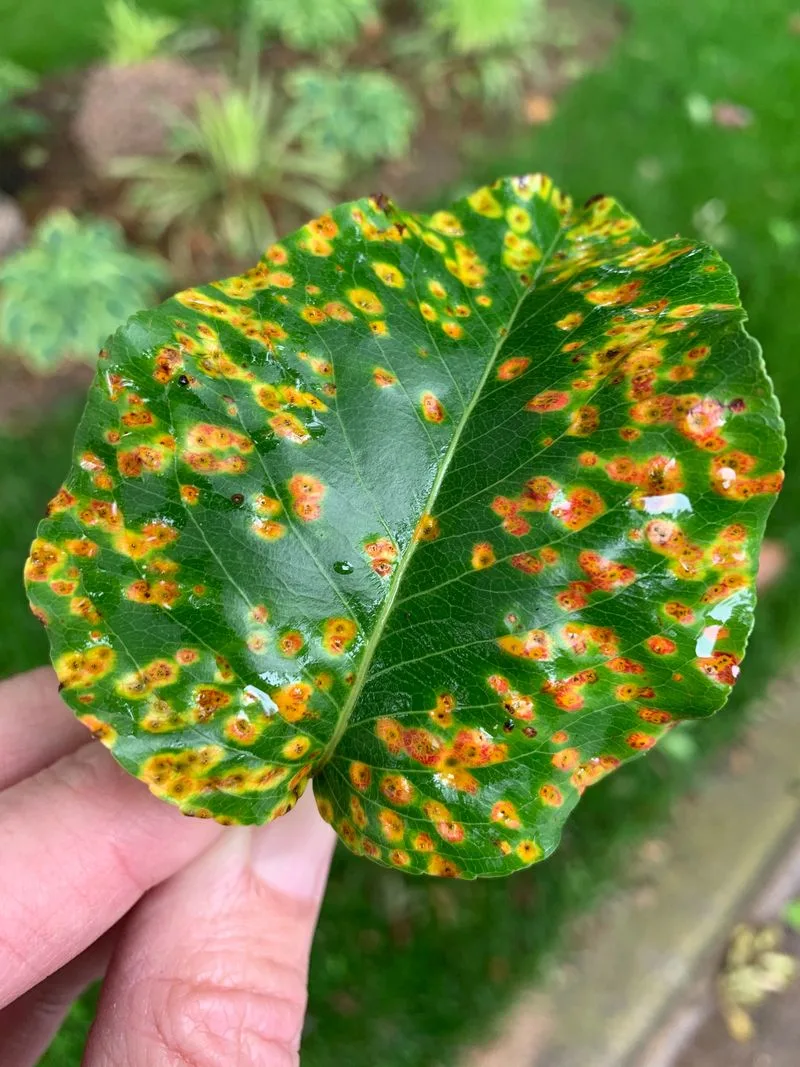
Rust, with its reddish-orange spores, can be a striking yet harmful sight. This fungal disease thrives in moisture-laden environments. It causes leaves to yellow and eventually drop. Regularly removing infected leaves can curtail its spread. Applying a fungicide is another line of defense. Ensuring your plant has good ventilation reduces humidity levels. A watchful approach keeps this colorful attacker at bay. While rust may add color, it’s not the kind your butterfly bush needs. Your vigilance ensures healthier growth.
Verticillium Wilt
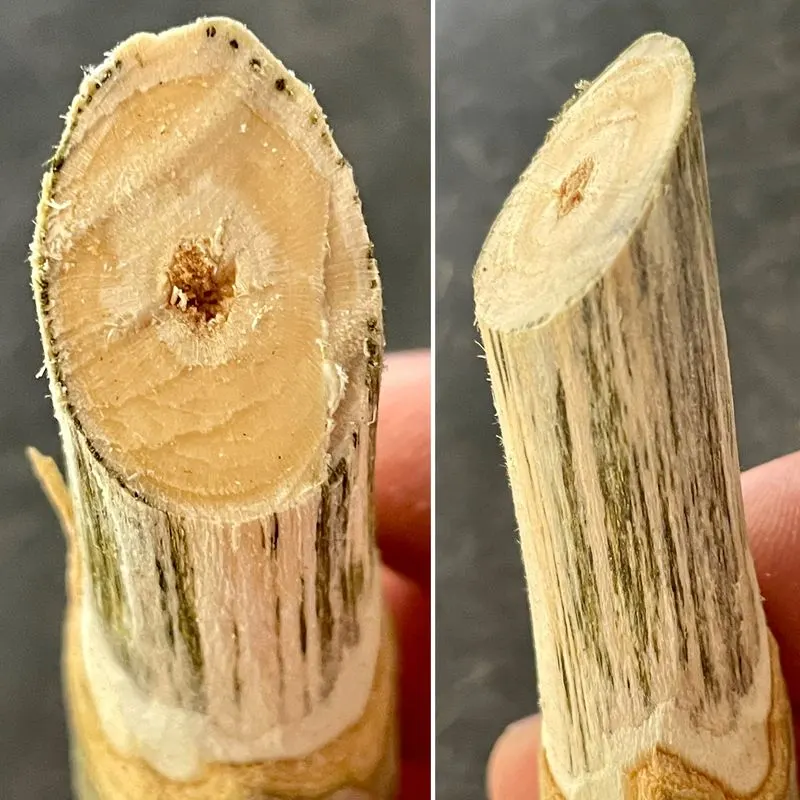
Verticillium wilt is a soil-borne menace. It clogs the plant’s vascular system, causing wilting and vein discoloration. Often, only one side of the plant shows symptoms. Maintaining soil health and avoiding waterlogging can prevent this disease. Unfortunately, once it’s established, it’s challenging to eradicate. Planting resistant varieties and rotating crops can mitigate risks. Observant gardeners can spot early signs and take action. Though invisible, its impact is profound, making awareness your first line of defense.
Bacterial Blight
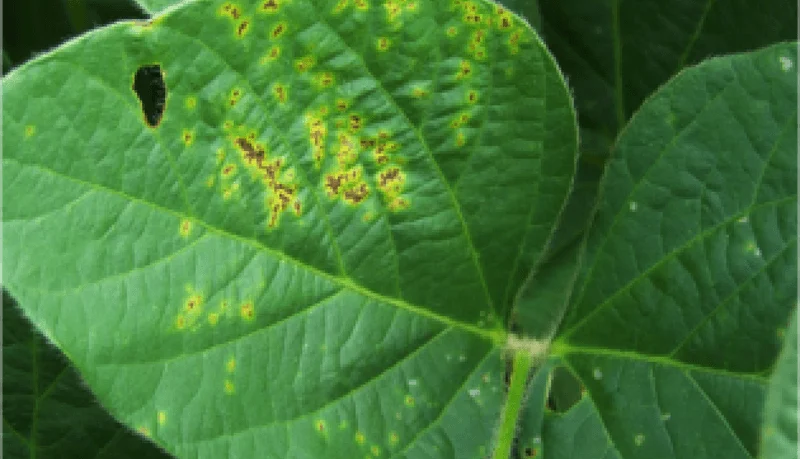
Bacterial blight attacks with a vengeance, blackening leaves and causing them to wilt. It spreads rapidly under wet conditions. Pruning infected parts and ensuring tools are sterilized helps contain it. Copper-based fungicides can provide some control. A dry, well-ventilated environment inhibits its advance. Observant care and timely intervention make all the difference. With vigilance, your butterfly bush can stand strong against this microscopic foe. Keep an eye out for early signs, as prevention is often easier than cure.
Gall Mites

Gall mites are tiny but mighty nuisances. They cause abnormal growths or galls, where they reside and feed. These bumps can distort leaves, affecting the plant’s appearance. Encouraging natural predators or applying horticultural oil can reduce their numbers. Maintaining plant health is crucial, as stressed plants are more susceptible. A balanced ecosystem keeps these tiny invaders in check. Though small, their presence can be alarming. Regular monitoring and a proactive approach ensure a healthy, thriving garden.
Phytophthora Canker
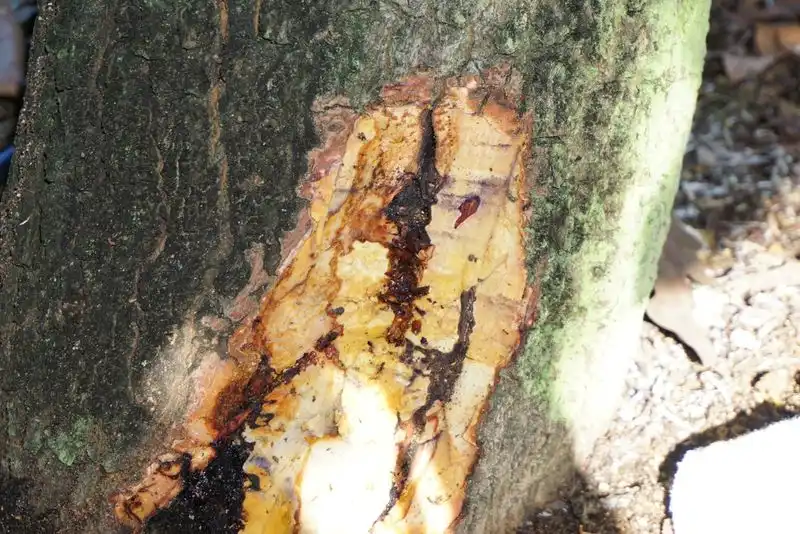
Phytophthora canker causes dark, sunken lesions on stems, leading to dieback. It favors soggy soils and spreads through water. Improving drainage and avoiding overhead watering can help prevent it. Fungicides may offer some protection but prevention is paramount. Vigilance is essential, as this pathogen can quickly spread. Maintaining a dry environment and removing infected parts are crucial steps. Although challenging, with care, your plants can thrive despite this threat. The key is in early identification and consistent care.
Fungal Leaf Scorch
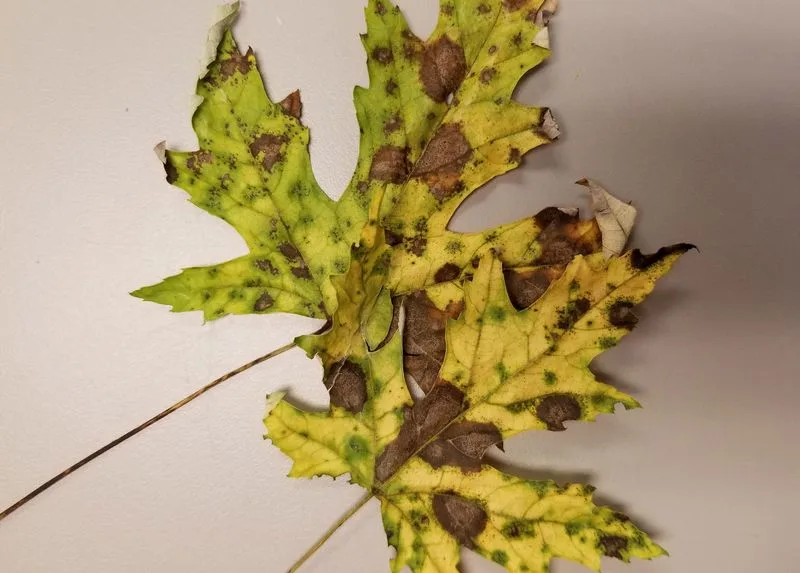
Fungal leaf scorch manifests as burnt-looking edges on leaves. It thrives in hot, dry conditions, making it more prevalent during droughts. Regular watering and mulching can help prevent stress that invites this fungus. Ensuring your plant is well-fed and healthy boosts its resilience. Removing affected leaves and applying fungicides at the first sign can control its spread. Proactive care and awareness are your best tools. Keeping an eye on weather patterns and plant health ensures your butterfly bush remains vibrant.

